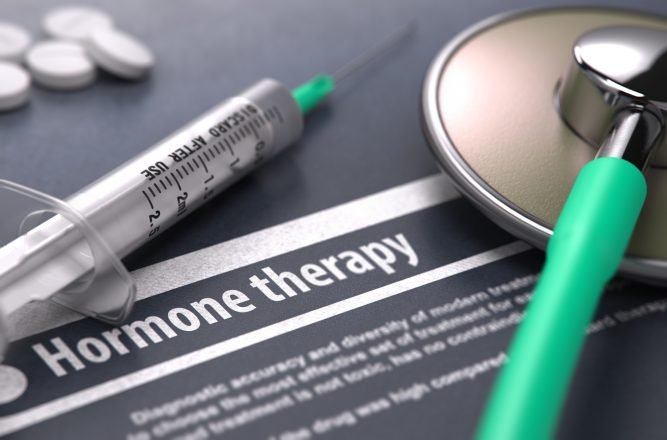Advertisment
Hormone therapy could reduce nocturnal urge to urinate

Article written by Bruce Sylvester.
Hormone therapy appears to reduce thenumber of times nightly that postmenopausal women wake up from sleep with the need to urinate.
Researchers reported this finding on March 21, 2021 in Menopause, the journal of The North American Menopause Society (NAMS).
“This pilot study shows a significant reduction in the prevalence and bother associated with nocturia in postmenopausal women using systemic hormone therapy. Although additional study is needed, this finding appears to be primarily related to improvements in sleep quality,” said Stephanie Faubion, MD, NAMS medical director and director of the Office of Women’s Health at the Mayo Clinic in Jacksonville, Florida.
As background, the authors noted that estrogen loss during menopause causes bladder dysfunction, sleep disorders, hot flashes, and alterations in renal water and salt handling. All these factors elevate nocturnal diuresis. Little research has been done to study the effect of hormone therapy on nocturia.
The investigators enrolled 245 postmenopausal women and divided them into four treatment cohorts based on patient choice: Estrogen + Progesterone (E+P), Estrogen-only in patients with a prior hysterectomy, tissue-selective estrogen complex (TSEC) and no treatment.
The researchers used two standardized questionnaires before and after treatment to evaluate for nocturia and its causes, the International Consultation on Incontinence Questionnaire Nocturia Module and the Targeting the individual’s Aetiology of Nocturia to Guide Outcomes (TANGO).
They reported a significant reduction in hormone-treated subjects of the prevalence of nocturia (twice per night or more), from 27.7% (59/213) to 16.4% (35/213).
“Specified per therapy, a significant reduction in nocturnal voiding frequency was observed in patients treated with E+P and TSEC (P = 0.018 and P = 0.018, respectively,” they said.
The authors noted that more research is necessary to confirm the findings.





